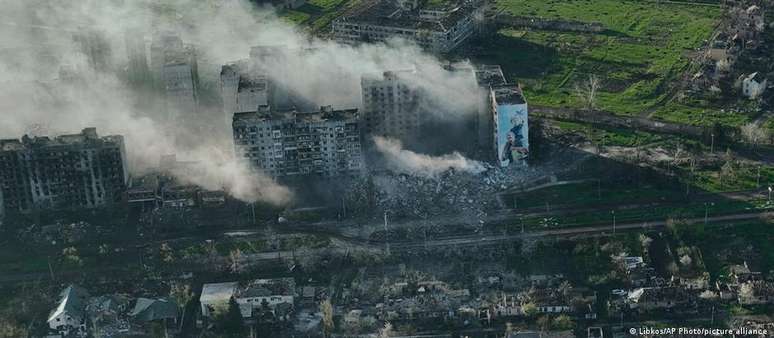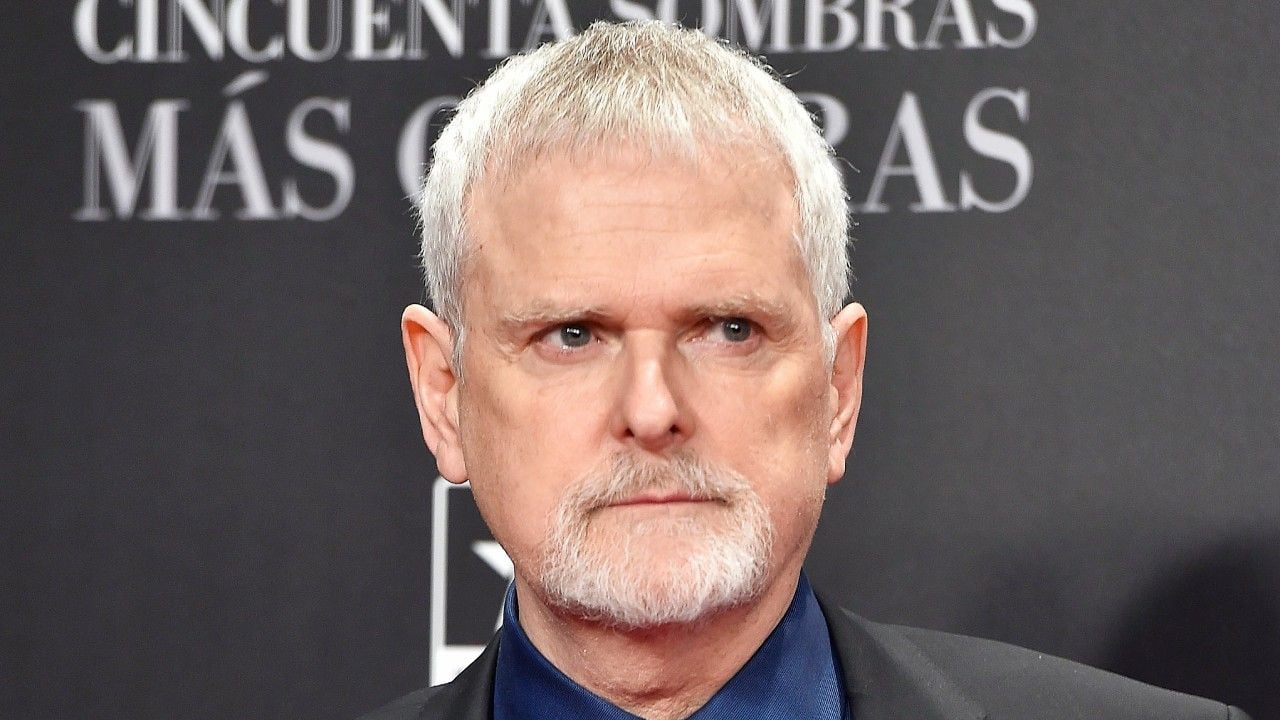Satellites reveal that Moscow has already erected hundreds of kilometers of defenses in the invaded areas. But they can also be a disadvantage. Troop morale and Western weapons can make the difference: since December the Russian army has erected massive fortifications all along the war front in Ukraine. Satellite images show that troops who invaded the country on February 24, 2022 are fortifying strategic points in the occupied territories, preparing for a counteroffensive. According to British intelligence, the world has not seen a stronghold of this size for decades.
The Reuters news agency also records thousands of new fortresses, located on the borders of Russia and in the south and east of Ukraine: trenches, ditches and checkpoints stretching for hundreds of kilometers, as well as the so-called “teeth of dragon” of World War II.
According to Rob Lee, associate of the Foreign Policy Research Institute in Philadelphia, Moscow would have learned from the successful Ukrainian counter-offensive of 2022: “After the Kharkiv offensive, Russia has recognized that a defeat is possible, and that it can still lose territory. I think that it has been recognized that Ukraine is capable of undertaking offensives”.
What the satellites show
Trenches are mainly dug in which the soldiers can stand, reinforced at the front with sandbags and stones. They are intended to protect Russian infantry from bullets, shrapnel and artillery fire, reports Brady Africk of the American Enterprise Institute in Washington, based on an analysis of satellite imagery.
There are now numerous such places along main roads and in the vicinity of strategic cities. Observers also report on minefields.
Everything indicates that it is in these areas where the largest defense structures are being built that the Russians are counting on an offensive by the Armed Forces of Ukraine. These positions are concentrated in the southeast of the Zaporizhia region, in eastern Ukraine and around the isthmus that connects the Crimea peninsula, annexed by Moscow in 2014, to the rest of the country under invasion.
“These are fortifications to be taken seriously, which were built in six months,” explains Oleh Zhdanov, a military expert and colonel of the Ukrainian reserve. He points out, however, that these are only localized installations. Thus, the railway network east of Melitopol, for example, lacks such bulwarks.
Strongholds are also a disadvantage for the Russians
Niklas Masuhr, from the Center for Security Studies at ETH Zurich, assesses the situation: ‘The fortifications provide a certain predictability and structure future operations. This mitigates Russia’s weaknesses, as, as a rule, the armed forces Ukrainians perform better in improvised and changing military situations”.
“On the other hand, attaching troops to fortified territories makes them more predictable for Ukrainians, who know the places,” Masuhr adds. Rob Lee agrees that the concentration of few troops in a defined tract is an advantage for the Ukrainians, allowing them to penetrate deeply into the territory under Russian occupation. This way they will be able to destroy more other fortified lines and get a bigger breakthrough.
However, satellite images still do not show the artillery positions, Zhdanov notes, explaining that the Russians will occupy them only shortly before the fighting begins. Another important factor would be the Russian air forces, which however rarely penetrate the space under the control of Kiev, thanks to the current effectiveness of the Ukrainian air defense.
“The important thing is that the Ukrainian attacking forces have sufficient air defense systems that directly protect the troops. They will be joined by an air defense at the operational-tactical level, which will cover entire territories. This is a factor that needs to be considered and taken into consideration a lot seriously,” warns Zhdanov.
Soldier morale is vital
However, the retired colonel underlines that the outcome of the counter-offensive does not depend only on the Russian strongholds in the occupied regions, which according to analysts would be able to stop an important advance by the Ukrainian army.
“The most important element of defense is: it doesn’t matter how much soldiers bury or fortify themselves, it all depends on their willingness to defend themselves and their emotional and psychic state”. Zhdanov recalls that during the occupation of Kherson, the Russian military had erected bulwarks in front of the city for almost six months, in three lines. However, that didn’t stop her from being released by the Armed Forces of Ukraine.
“Ukraine’s goal should be to immobilize the Russian military leadership and make Russian soldiers panic,” Franz-Stefan Gady, an expert on modern combat tactics and an analyst at the Institute for International Strategic told CNN. London Studies. He believes tactical surprise, battlefield leadership and combat morale will be critical in the first 24 hours of the offensive.
Oleh Zhdanov recalls that in the liberation of the Kharkiv region, highly mobile units penetrated the gaps between the fortified structures and trenches without getting involved in the fighting. “They took care to create chaos and panic among the enemy, and then the shock troops of the main unit carried the battle forward.”
Unprecedented situation for the Ukrainian forces
Lee of the Foreign Policy Research Institute believes that to break through Russian strongholds and liberate occupied territories, Ukrainian tanks and other armored vehicles must proceed in coordination with engineers, artillery and even aircraft. To this end, the newly supplied Western military equipment will be useful.
Among them, Zhadnov highlights both the American M58 MICLIC (Mine Clearing Line Charge) demining system and temporary bridge-forming tanks Biber, supplied by Germany, allowing to overcome small obstacles; and the Dachs engineering tanks. In addition, Ukraine has received tanks for demining.
For Niklas Masuhr, Western support will also be important to enable Ukrainian forces to operate in combined armed groups, uniting and concentrating different units in effective combat. Both weapons with supplied ammunition and continued information support will be of decisive importance, the security expert emphasizes.
According to retired Australian Major General Mick Ryan, clever planning by Ukraine could be even more decisive than Western weaponry, with “the training of members of battalions, brigades and leadership for complex operations with combined armed groups”, as it is an extremely difficult operation on the ground.
Masuhr agrees, warning: “We have never seen attacks by the Ukrainian army against such heavily fortified Russian positions as these. Previous counter-offensives were against weakened and dispersed Russian troops. The current situation is totally different.”
Source: Terra
Rose James is a Gossipify movie and series reviewer known for her in-depth analysis and unique perspective on the latest releases. With a background in film studies, she provides engaging and informative reviews, and keeps readers up to date with industry trends and emerging talents.







